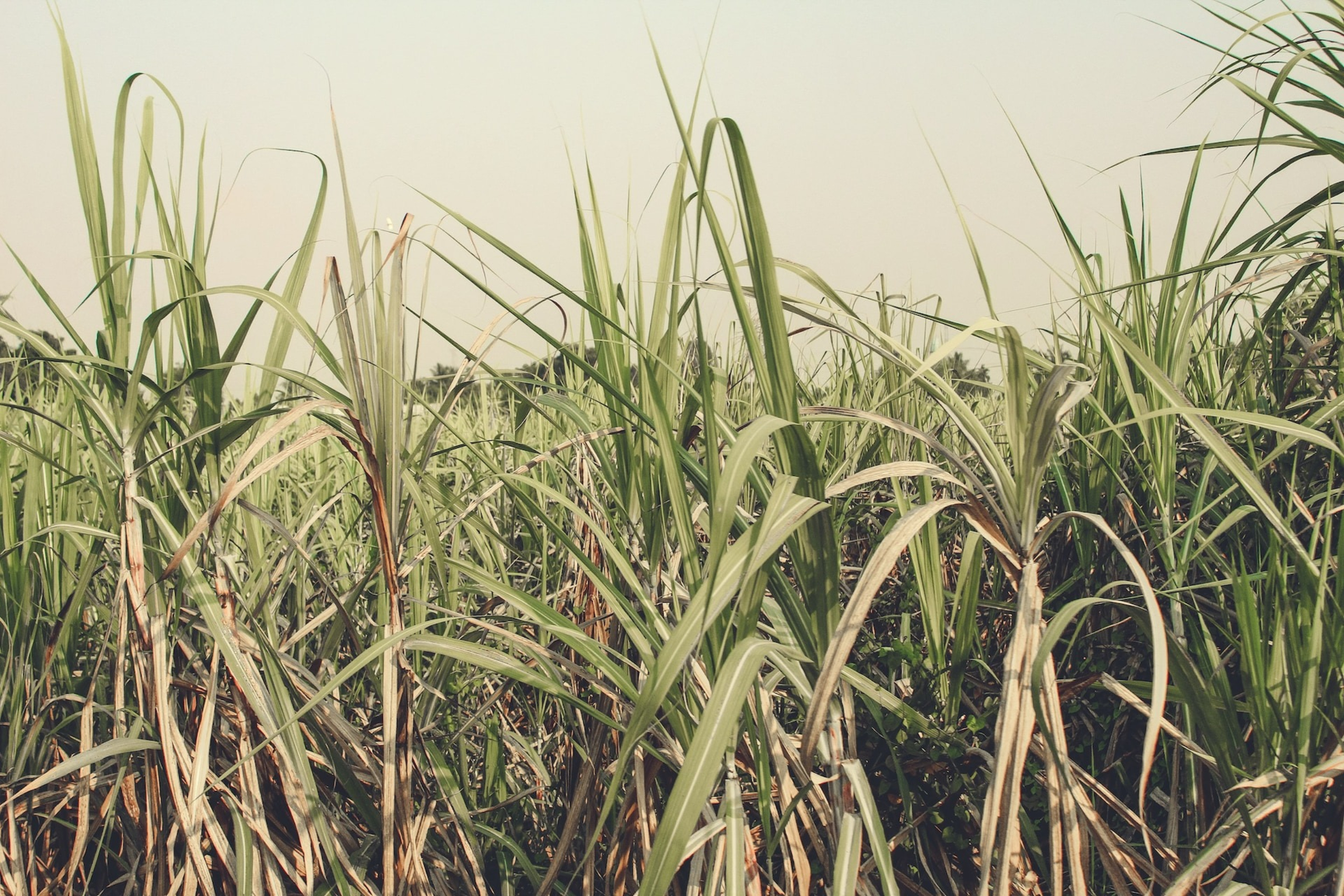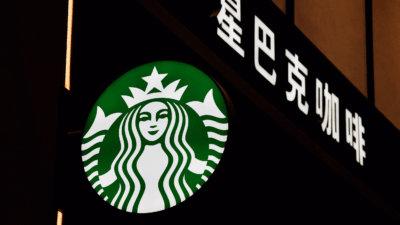
Sign up for smart news, insights, and analysis on the biggest financial stories of the day.
You may want to give candy the “toilet paper in March 2020” treatment.
It’s every sweet-tooth’s worst nightmare: A sugar shortage is hitting the candy supply chain — putting the industry’s all-important Halloween season in peril, according to a new report from The Wall Street Journal.
Candy Crushed
Candy makers have faced tight supplies and rising prices for at least the past year, thanks in part to a twenty-year decline in US sugar cane and sugar beet farms, according to the USDA. Meanwhile, extreme weather is expected to contribute to a decrease of more than 2% in domestic sugar production during the next crop year, according to the USDA. That sent raw US sugar cane prices to hit nearly 43 cents per pound in May, the highest rate since January 2011. Meanwhile, prices of refined sugar beet, which accounts for just over half of US sugar production, remain not far off from all-time highs seen last year — with most of the 2023-to-2024 harvest already sold in advanced contracts, according to major agricultural lender Rabobank.
The sugarflation has unsurprisingly crunched production. Spangler, the makers of Dum Dums and Sweethearts and Necco Wafers, is already anticipating a sugar slump, the company told the WSJ. Who’s to blame? Depends on which link of the supply chain you ask:
- The National Confectioners Association, which represents sugar-using companies like candy makers, points to US agricultural policies that impose steep tariffs on any buyer that imports more than 15% of their sugar — arguing that lowering the tariffs could help ease prices when domestic sugar is in short supply.
- The American Sugar Alliance of farmers and processors says the tariffs are fine, and blames foreign governments artificially lowering prices with hefty subsidies for the sour market dynamics.
Free Samples: Either way, sweetmakers simply can’t find sugar fast enough. Texas-based Atkinson Candy told the WSJ they had to turn to Colombian imports after domestic suppliers ran dry. “We were down to the point where we were about to run out,” Atkinson said. “We would’ve been going to Costco.”











